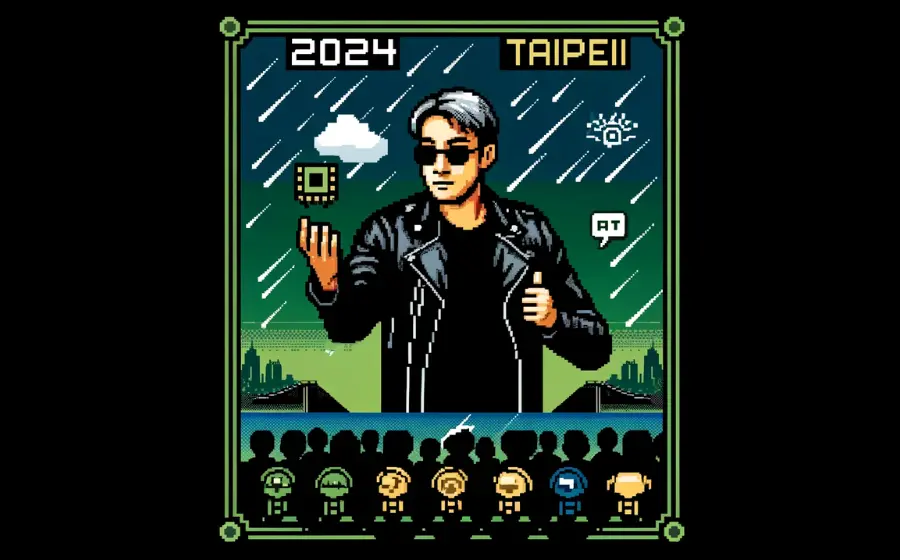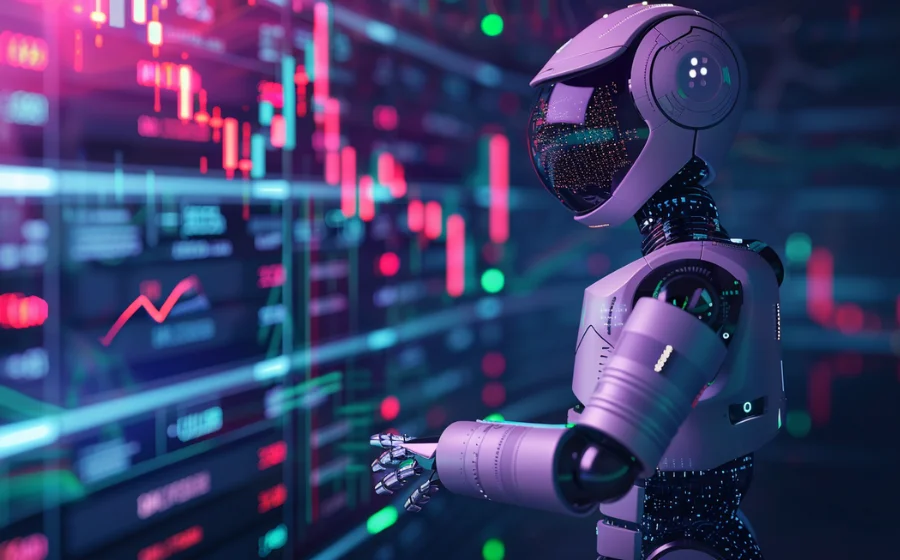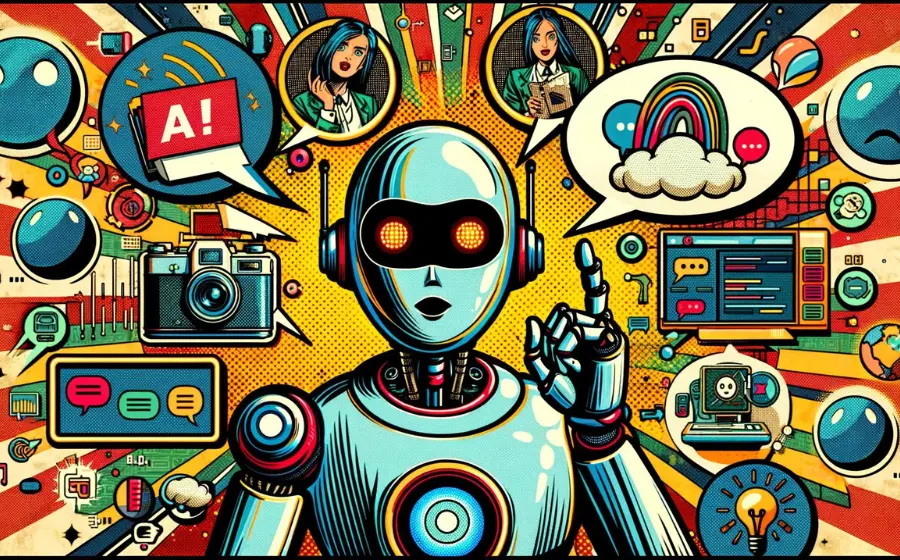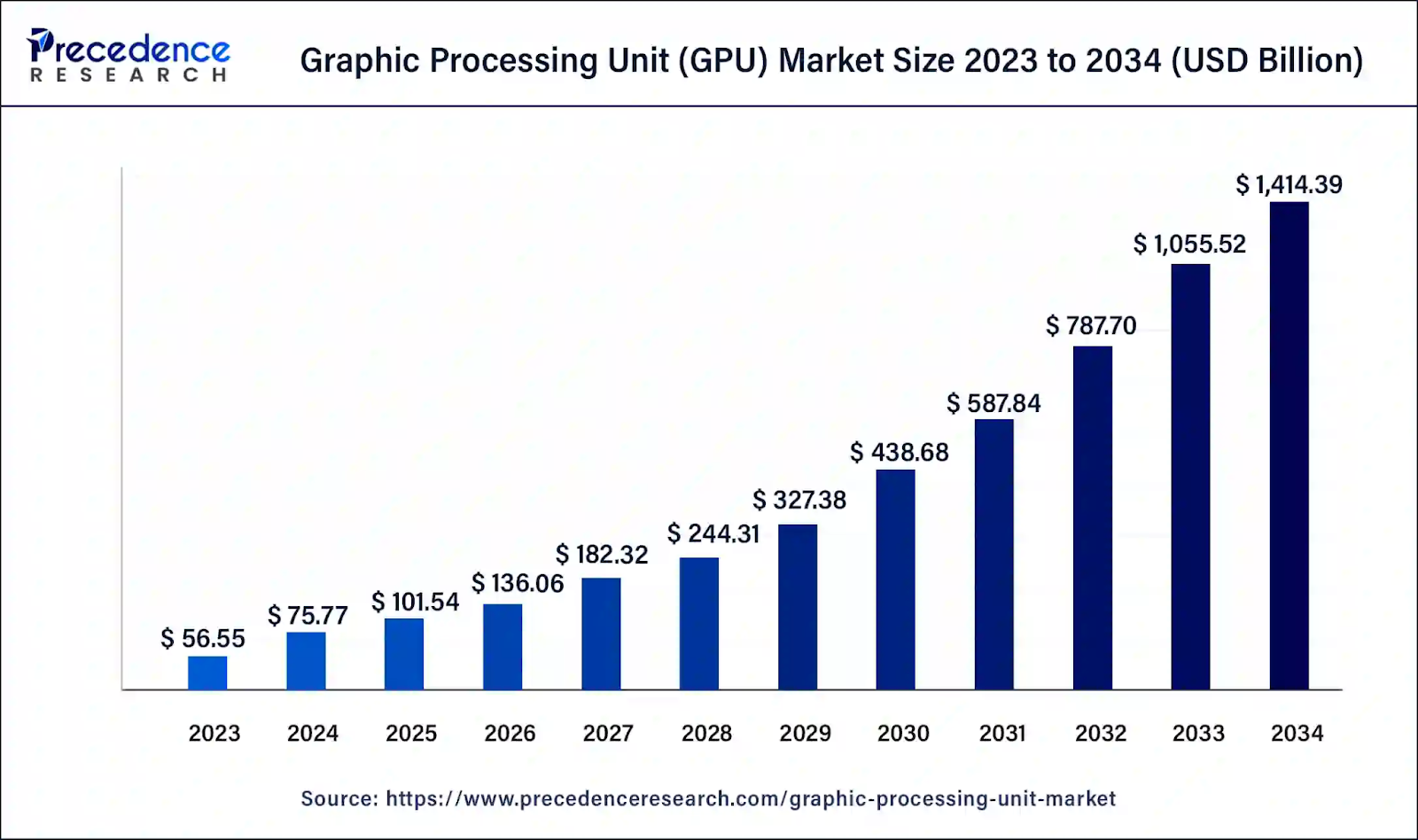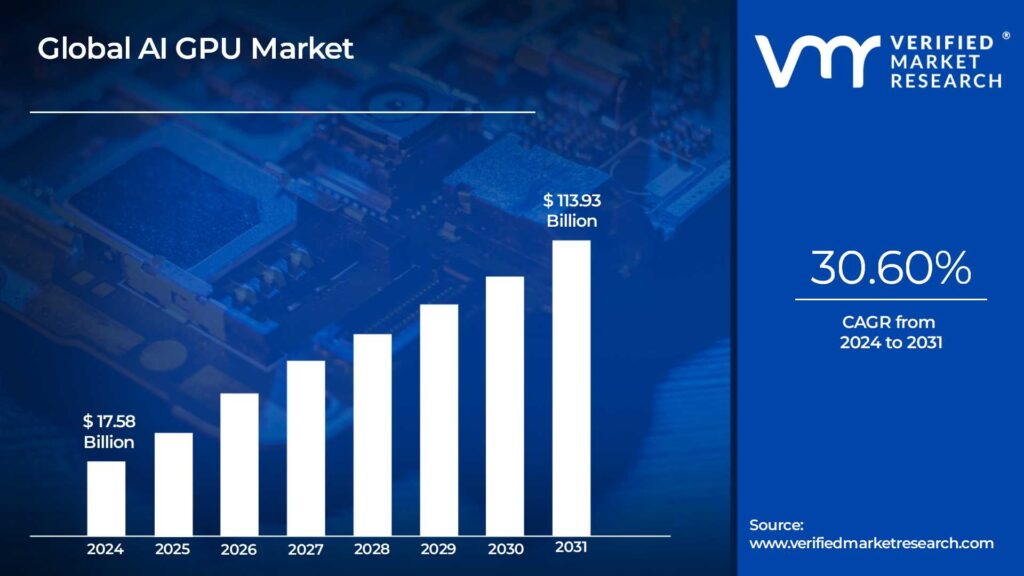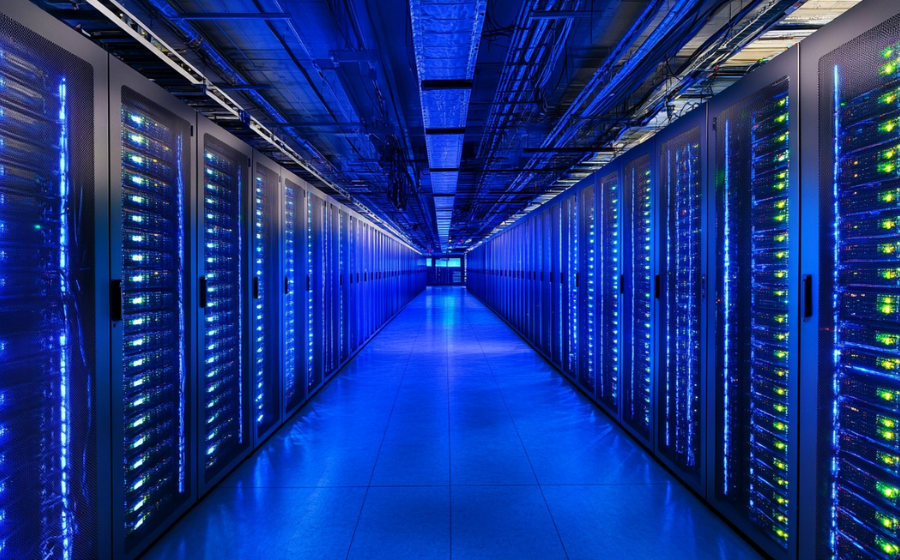
KEYTAKEAWAYS
- Global GPU market projected to reach $1.4 trillion by 2034, driven by AI, cloud computing, and edge computing demands.
- Traditional computing markets face challenges including long hardware wait times, centralized production, and environmental sustainability concerns.
- Web3 solutions enable decentralized GPU marketplaces, transparent pricing through smart contracts, and incentivization of sustainable practices.

- KEY TAKEAWAYS
- COMPUTING POWER: THE NEW DIGITAL CURRENCY
- COMPUTING POWER: TRANSFORMING INDUSTRIES THROUGH INNOVATION
- GPU MARKET DYNAMICS: CURRENT STATE AND FUTURE OUTLOOK
- COMPUTING POWER MARKET: GROWTH METRICS AND PROJECTIONS
- COMPUTING POWER MARKET: KEY BARRIERS AND INEFFICIENCIES
- WEB3’S IMPACT: REVOLUTIONIZING COMPUTING POWER DISTRIBUTION
- DISCLAIMER
- WRITER’S INTRO
CONTENT
Explore how Web3 and decentralized computing are transforming the traditional computing power market, addressing inefficiencies and sustainability concerns while enabling broader access to GPU resources.
COMPUTING POWER: THE NEW DIGITAL CURRENCY
Computing power is a critical driver of innovation across industries like AI, cryptocurrency, gaming, and IoT. As demand for computational resources grows, traditional computing markets face inefficiencies, centralization, and environmental concerns. This report explores how emerging technologies, particularly Web3 and decentralized computing, offer solutions to these challenges and transform the computing ecosystem.
What is Computing Power?
Computing power refers to the capability of a system to perform complex calculations and process data. It is usually measured in terms of the number of calculations a computer can perform per second, often expressed in floating-point operations per second (FLOPS) or instructions per second (IPS). It is like the engine of the digital world. In the AI era, computing power is the new currency akin to spice in “Dune”.
COMPUTING POWER: TRANSFORMING INDUSTRIES THROUGH INNOVATION
Computing power is pivotal in driving innovation across various industries, enabling a wide range of applications that transform how we live, work, and interact. The versatility and importance of computing power are evident in both emerging and established technologies. Below are some key areas where computing power is making a significant impact.
1. Artificial Intelligence (AI) and Machine Learning (ML)
- Model training such as DeepMind’s AlphaGo, and OpenAI’s GPT models.
- Inference tasks and real-time applications, including image recognition, natural language processing (NLP), and speech recognition.
2. Cryptocurrency mining
- In the Proof of Work (PoW) system such as Bitcoin, miners must expend computing power to solve cryptographic puzzles, thereby validating transactions and securing networks.
3. Entertainment and Gaming
- Real-time rendering of complex 3D environments
- Virtual Reality (VR) and Augmented Reality (AR)
4. IoT
- The Internet of Things (IoT) relies on computing power to connect, process, and analyze data from billions of devices which enhances IoT capabilities in real-time decision-making, predictive analytics, and system automation. Use cases such as Smart Homes, Smart Cities, and Industrial IoT (IIoT). etc
GPU MARKET DYNAMICS: CURRENT STATE AND FUTURE OUTLOOK
The computing power market is experiencing remarkable growth, driven by technological advancements in fields such as artificial intelligence (AI), virtual reality (VR), cryptocurrency mining, autonomous driving, gaming platforms, and wearable technologies. These developments are fueling a strong demand for GPUs, as highlighted by the following trends:
1. Artificial Intelligence (AI): AI relies heavily on substantial computing power for model training and inference. Over the past decade, the computational demands of AI models have grown exponentially. According to Wedbush Securities analyst Dan Ives, with the AI revolution in full swing, the industry is expected to require approximately ten times the current computing power by 2030.
2. Cloud Computing: The shift towards cloud-based AI and high-performance computing (HPC) services has significantly increased the demand for high-performance GPUs in data centers.
3. Edge Computing: The growth of autonomous systems and IoT devices necessitates decentralized computing resources, further driving demand for GPU-powered solutions.
COMPUTING POWER MARKET: GROWTH METRICS AND PROJECTIONS
- Global GPU Market Expansion: According to Precedence Research, the global GPU market size is estimated to be around $75.77 billion in 2024 and is projected to reach $1414.39 billion by 2034, which is projected to grow at a compound annual growth rate (CAGR) of 13.8% from 2024 to 2034, driven by increasing demand across multiple industries.
(Source: Precedence Research)
- AI GPU Market Forecast: The AI GPU market size was valued at 17.58 billion in 2024 and is projected to reach $ 113.93 billion by 2031, growing at a CAGR of 30.60% during the forecast period 2024-2031.
(Source: Verified Market Research)
Despite this surging demand, the computing power market faces significant challenges, including production bottlenecks and supply chain constraints. These issues have led to localized shortages of high-end computing hardware such as GPUs, presenting hurdles for the industry to overcome.
COMPUTING POWER MARKET: KEY BARRIERS AND INEFFICIENCIES
The traditional computing power market faces numerous challenges that hinder its efficiency, accessibility, and sustainability.
- Inefficiencies: The surging demand for GPUs has led to significant inefficiencies in the market. The waiting time for acquiring top-tier hardware can extend to at least six months. Worse still, companies are often required to sign long-term contracts for computing power they may not fully utilize. This mismatch can make available compute power inaccessible to the market, creating substantial inefficiencies.
- Centralization: The design and production of advanced GPUs are capital-intensive, with only a few enterprises able to bear the necessary investment. This raises significant barriers to entry, preventing smaller players from participating. Moreover, GPU power is concentrated in a limited number of regions or companies, with manufacturing dominated by a small number of key players. This centralization further restricts global access and limits innovation across the broader market.
- Unbalanced Demand: The high demand for GPUs in AI and cryptocurrency mining has created a skewed market, making it difficult for other industries to access these critical resources. Additionally, the GPU market is highly sensitive to the cyclical nature of cryptocurrency mining, with booms and busts leading to unstable pricing and availability.
- Energy Consumption: The production and use of GPUs, particularly in mining and AI, are energy-intensive, consuming significant amounts of electricity. Furthermore, not all data centers utilize renewable energy sources, raising environmental concerns about the carbon footprint of GPU operations.
WEB3’S IMPACT: REVOLUTIONIZING COMPUTING POWER DISTRIBUTION
Emerging technologies are reshaping the computing power market, addressing many of the inefficiencies and challenges of traditional systems. By leveraging decentralization, transparency, and sustainability, innovative solutions powered by blockchain and Web3 are transforming how GPU resources are accessed, utilized, and rewarded. These advancements not only promote fairness and inclusivity but also pave the way for a more efficient and environmentally conscious computing ecosystem.
- Enhanced Decentralization: Decentralized computing offers a solution to inefficiencies in the traditional computing market. Decentralized GPU marketplaces enable developers to rent computing power from a global pool without relying on centralized suppliers. Distributed resource allocation democratizes access to GPU resources, allowing smaller companies and independent developers to compete on a level playing field.
- Transparent Usage and Fair Pricing: Web3-enabled marketplaces leverage smart contracts to ensure transparent and fair pricing for GPU services. Additionally, blockchain technology provides an immutable record of GPU usage, enabling accountability and preventing overcharging.
- Incentivizing Sustainability: Blockchain can introduce reward mechanisms to incentivize the use of renewable energy, energy-efficient GPUs, and other sustainable practices. By establishing green protocols, blockchain technology can tokenize carbon credits and record transactions on-chain, enhancing market transparency and operational efficiency while supporting environmental goals.
▶ Buy Crypto at Bitget
CoinRank x Bitget – Sign up & Trade to get $20!
